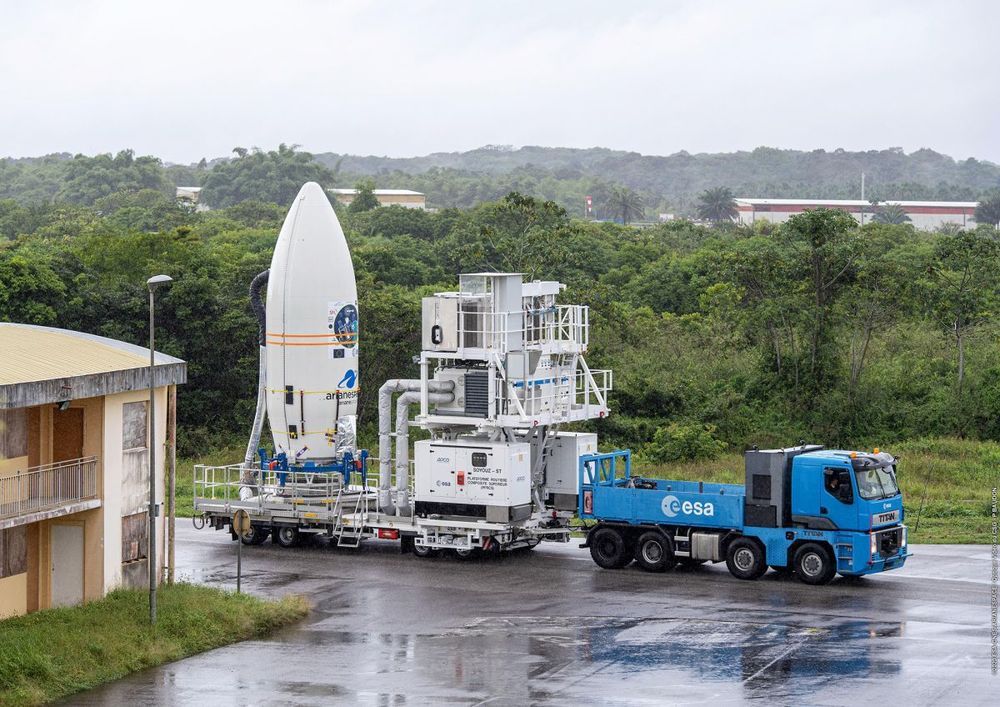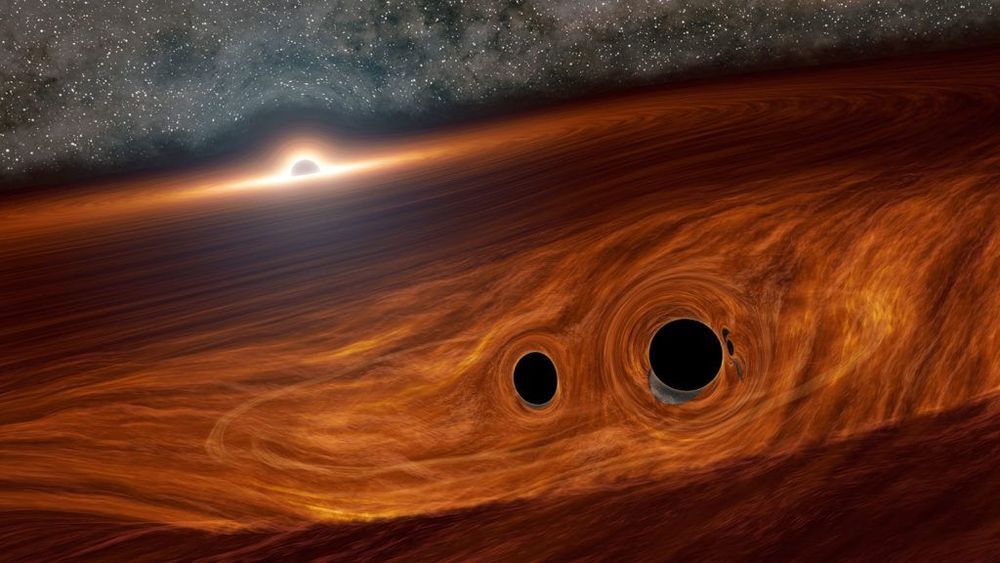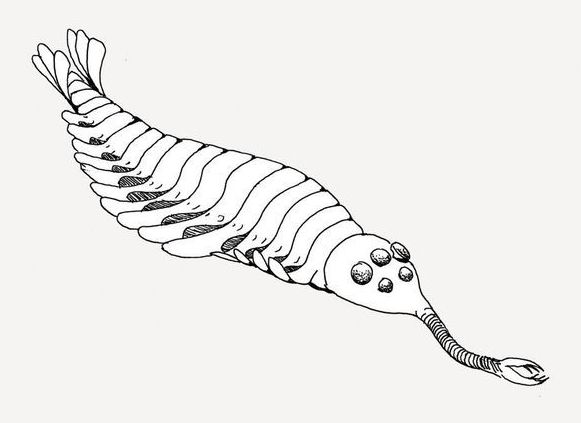Rabia Nusrat, an environmental engineering student, Global UGRAD alumni, in her final year at University of Engineering and Technology, UET, Lahore, Pakistan and the first ideaXme public interviewer, interviews Shayan Sohail Sarwar, Forbes 30 Under 30 Asia Innovator and Chief Technology Officer PakVitae.
PakVitae:
PakVitae, founded in 2016, is a multi-million dollar clean water technology startup based in Pakistan.
The organisation’s mission is to provide 10 Million people with access to clean drinking water by 2022. https://www.pakvitae.org through offering the “worlds first ever intrinsically antimicrobial membranes that are biofouling resistant hence are failsafe”. In this ideaXme public interview discover details of their technology, as well as Shayan’s approach to innovation — “there can be no innovation without empathy”. https://www.linkedin.com/in/shayansohailsarwar/
Comment from PakVitae:
“We are a technology company. Our membranes are developed by a team of industry leading experts with decades of proven experience and success in the membrane industry. Applications include municipal water and wastewater treatment, industrial biotechnology, and food and beverage production.





